Science and Skepticism
Before the 18th century, most people regarded the story of Noah’s Ark as absolute truth. They believed Noah built the ark, filled it with animals, and helped start a new civilization after a massive flood. The tale was accepted without question.
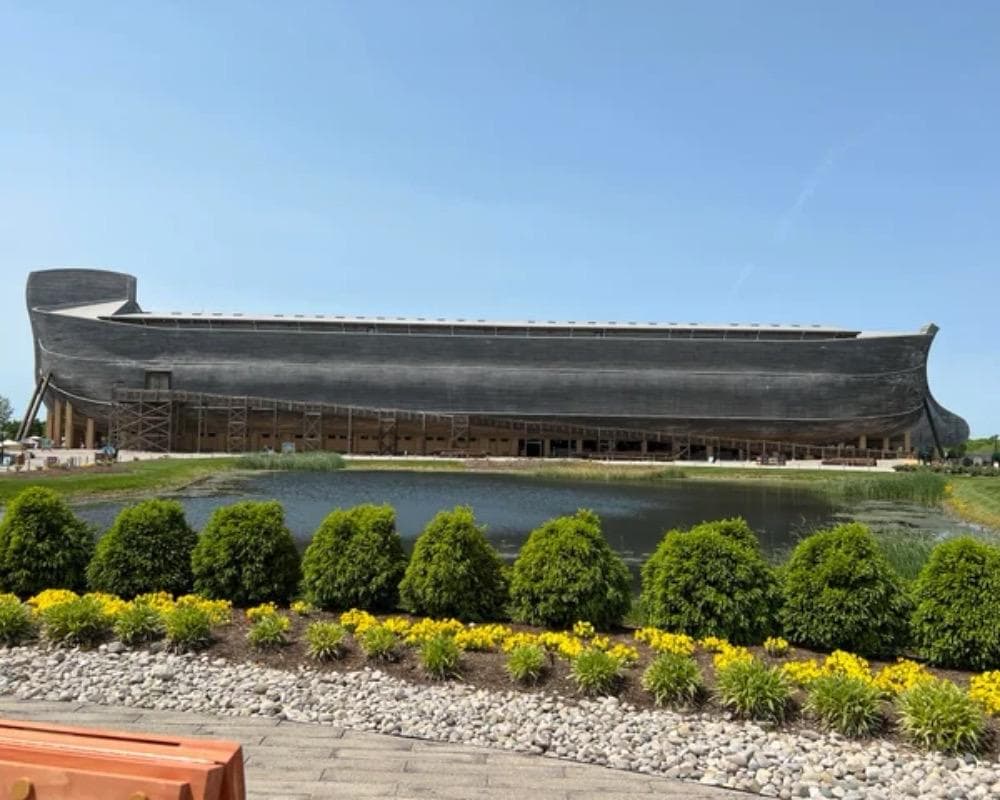
However, as science advanced and religious narratives came under scrutiny, skeptics began to view the story as a myth rather than fact. Despite the growing number of doubters, many still believe the story to be true and are convinced that remnants of the ark are waiting to be discovered.
The Ararat Mountains
What happened to Noah, his ark, and the animals onboard? According to the Bible, Noah waited for the waters to subside before making camp on the “mountains of Ararat.” He released a raven and a dove first, followed by the other animals he had protected during the flood.

What many might not realize is that Mount Ararat is a real location. Today, it holds significant scientific, historical, and religious interest — which led an expedition team to explore the site in 2009.
Turkey’s Tallest Summit
To understand the 2009 expedition, it’s important to learn more about Mount Ararat itself. As the highest peak in Turkey, this mountain reaches an incredible 16,854 feet and is located near the borders of Armenia and Iran. Armenians even consider Mount Ararat to be the holiest mountain in the world.
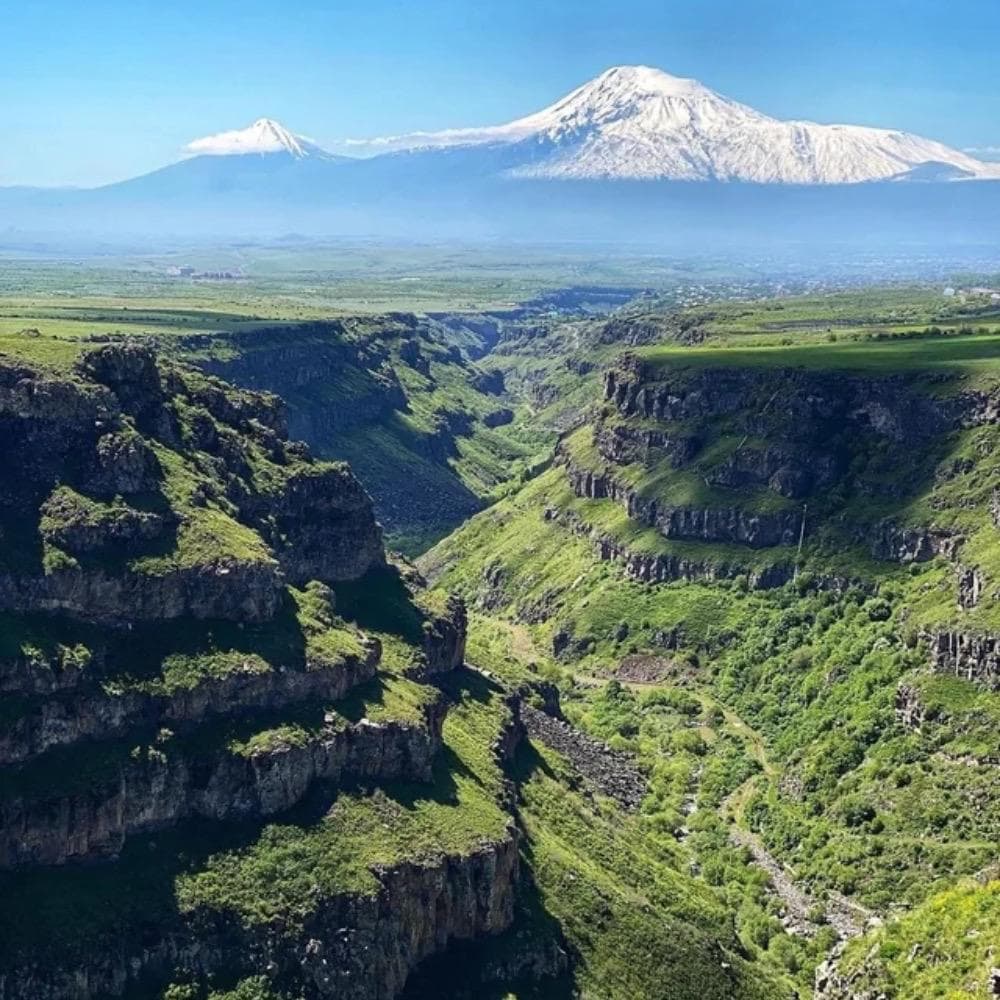
However, scaling this mountain is no easy feat. Its snow-covered peak makes it a treacherous climb year-round. The first successful ascent was in 1829, when the climber grasped the mountain’s profound significance.
The Importance of Preservation
That man was Dr. Friedrich Parrot, who, in 1829, discovered just how sacred Mount Ararat was to the locals. In his writings, Parrot noted, “All the Armenians are firmly persuaded that Noah’s Ark remains to this very day on the top of Ararat, and that no human being is allowed to approach it.”

Despite this belief, others have continued to explore the mountain. While Polo didn’t find anything significant, James Bryce made a startling discovery 50 years later. His findings left historians both shaken and intrigued.
A Significant Discovery
In 1876, James Bryce embarked on his journey up Mount Ararat, not seeking fame or fortune. Unlike treasure hunters or ark seekers, Bryce was a historian, explorer, and Oxford University Professor of Civil Law. His goal was to gather information about the mountain and the story of Noah’s Ark.

Bryce simply wanted to see the legendary mountain with his own eyes. What makes this expedition especially fascinating is that Bryce didn’t even reach the mountain’s summit. Despite this, he uncovered a priceless relic buried in the snow.
An Ancient Timber Beam
As James Bryce made his way up the towering mountain, something unusual caught his eye. Throughout most of his journey, he had only seen typical rocks and boulders, nothing remarkable. But then he noticed something strange.

Sticking out from the snow was what appeared to be a large wooden beam. Bryce tried to lift the beam but found it incredibly heavy, leading him to believe it hadn’t been carried up by any previous explorer. He became convinced it was a piece of Noah’s Ark.
Looking Beyond
With James Bryce’s discovery lingering in the back of their minds, scientists questioned whether he had truly uncovered evidence that Noah’s Ark existed. For decades, they debated how Noah could have navigated the floodwaters with so many animals aboard and what happened to him when he eventually reached Mount Ararat.
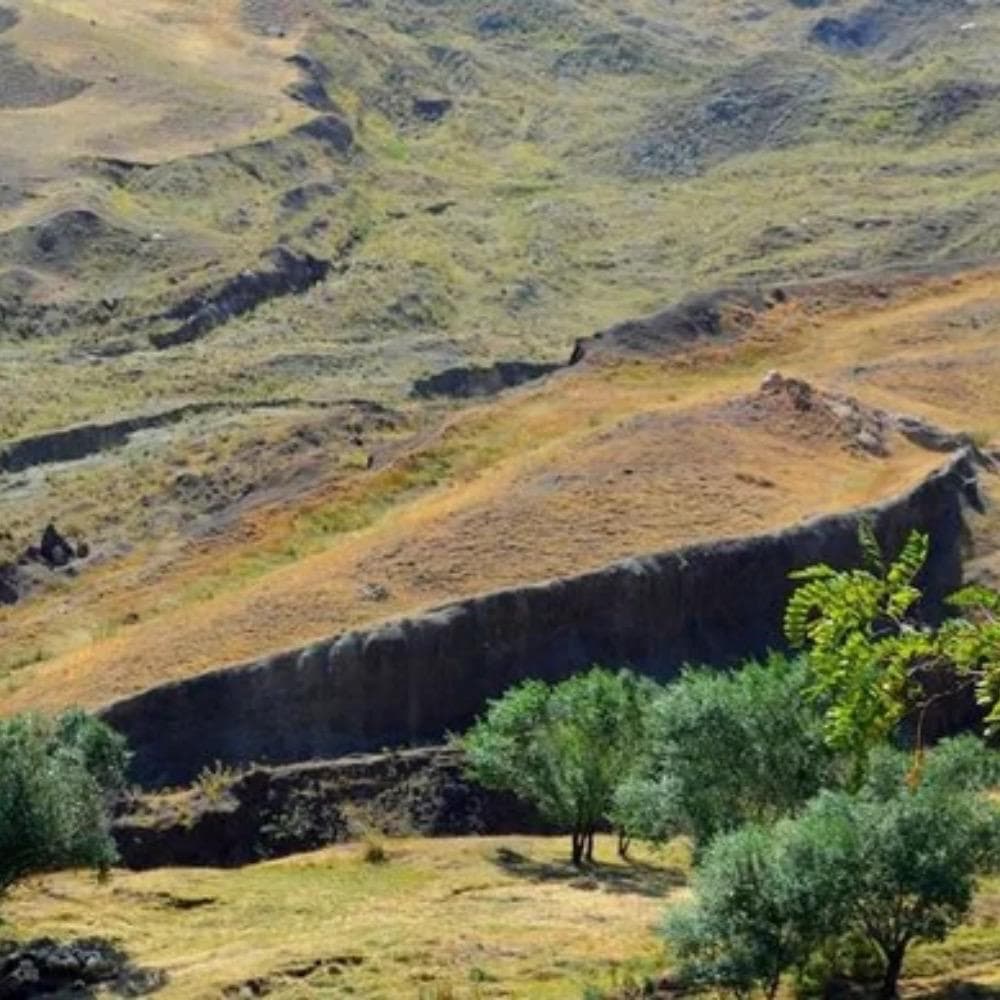
However, in the 1960s, a new discovery shook their assumptions. During this period, a man named Ron Wyatt noticed something strange in a photograph taken 18 miles from the peak of Mount Ararat. The object in the image looked suspiciously like a boat.
The Durupınar Archaeological Site
For years, historians have been puzzled by one detail in the Bible. While it states that Noah’s Ark came to rest in the “mountains of Ararat,” technically, there’s only one Mount Ararat. This led experts to believe that the “mountains” referred to a larger region surrounding Mount Ararat.
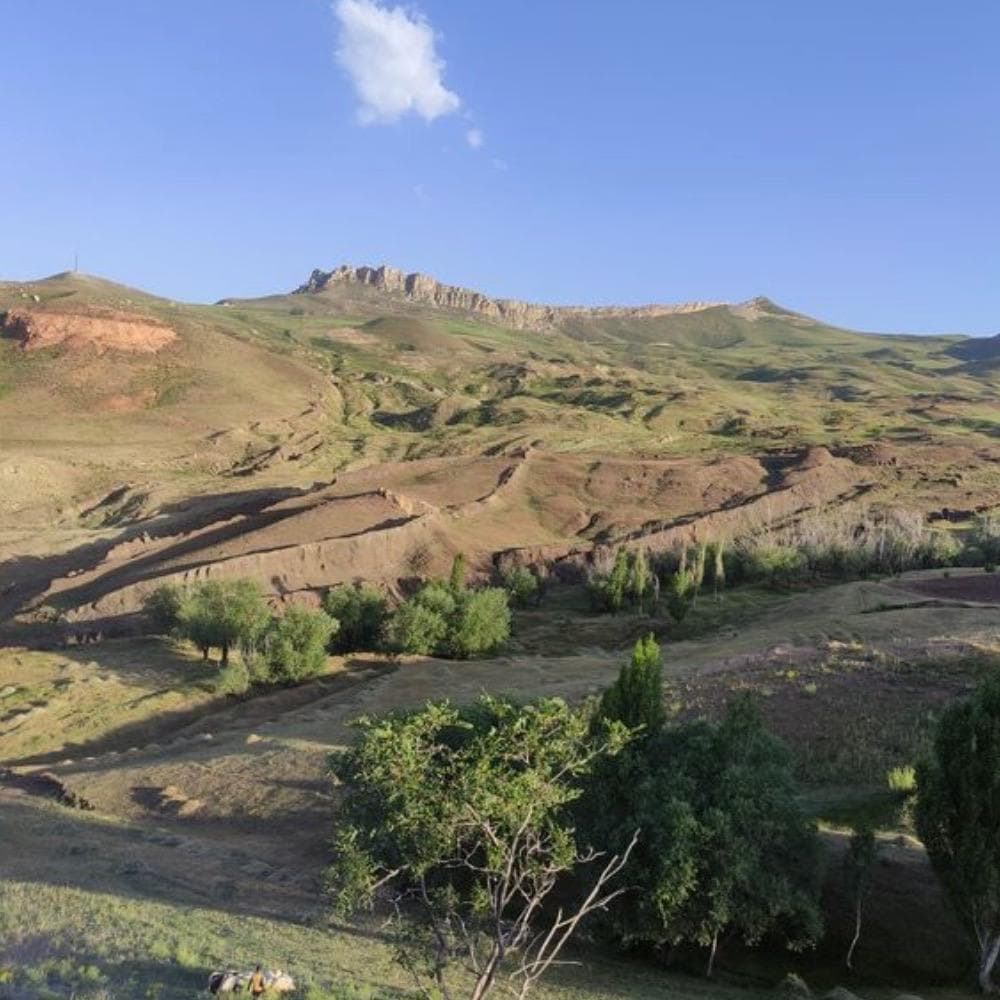
Ron Wyatt focused on this broader region, particularly the Durupınar site, which he saw in the photo. He believed the formation there, resting on a limonite geological foundation, was solid evidence of the ark’s final resting place.
Excavating a Shipwreck
Wyatt was convinced he had found the buried remains of Noah’s Ark, so he journeyed to the Durupınar site alongside geophysicist John Baumgardner and salvage expert David Fasold. Once the two experts saw the site, they too believed that a shipwreck lay just beneath the surface.

To confirm their suspicions, they employed a controversial tool known as a “frequency generator.” Using this technique, their scans revealed a structure underground that closely matched the dimensions of the ark described in the Bible.
Discovering the Stones
As they explored the area for more relics, the team stumbled upon numerous large drogue stones, which were unlike anything they had encountered before. These stones featured holes at the top, leading Fasold to speculate that they had once served as anchors for Noah’s Ark.

In his expert opinion, these stones would have been crucial during high winds. Eager to validate their findings, the expedition team took their discoveries to experts for confirmation. However, the question remained — how would the experts react to these unusual artifacts?
A Theory in Ruins
Although the expedition team believed they had uncovered the truth behind Noah’s Ark, their claims were met with skepticism. When they presented their findings to geologists and archaeologists, they faced harsh criticism, and their methods were dismissed.
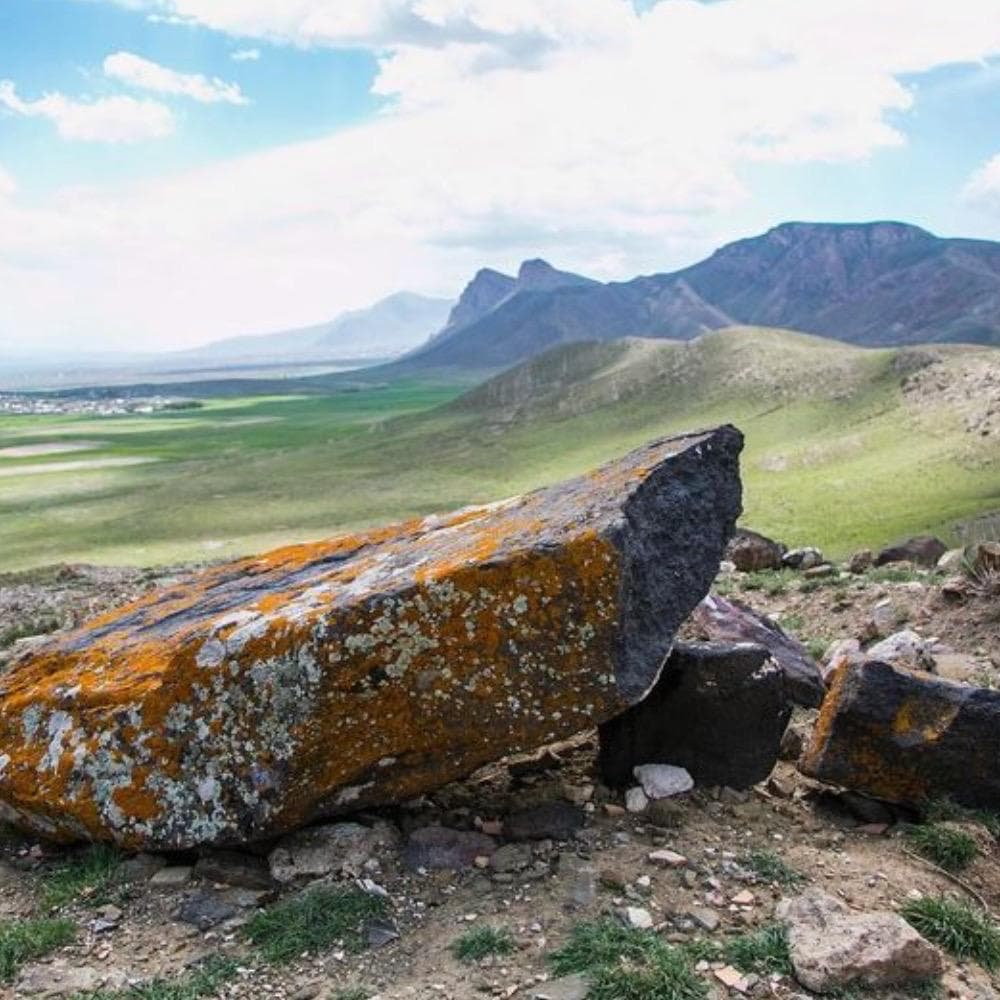
The experts claimed that the “frequency generator” was neither practical nor effective, and the drogue stones were simply grave markers. Consequently, the next group of explorers decided to return to the peak of Mount Ararat for their investigation. This decision ultimately proved fruitful, leading to new discoveries and insights about the legendary ark.
The Great Flood
Explorers find it particularly intriguing that the story of Noah’s Ark isn’t unique to one culture. Throughout history, humans have recounted tales of gods flooding the world to create a fresh start. The intent behind these floods is often to wipe out existing human life and offer a second chance.

These explorers believe there is a deeper connection among these flood stories. They theorize that a singular, overarching narrative may unite them all, suggesting that these accounts reflect shared human experiences and concerns about renewal and survival in the face of divine judgment.
The Epic of Gilgamesh
One of the oldest known flood stories is found in the Epic of Gilgamesh, an epic poem dating back over 4,000 years. The narrative can still be seen on original stone tablets from Babylonian times, providing a glimpse into ancient culture. So, what does this epic reveal? The poem follows King Gilgamesh on his quest for eternal life.
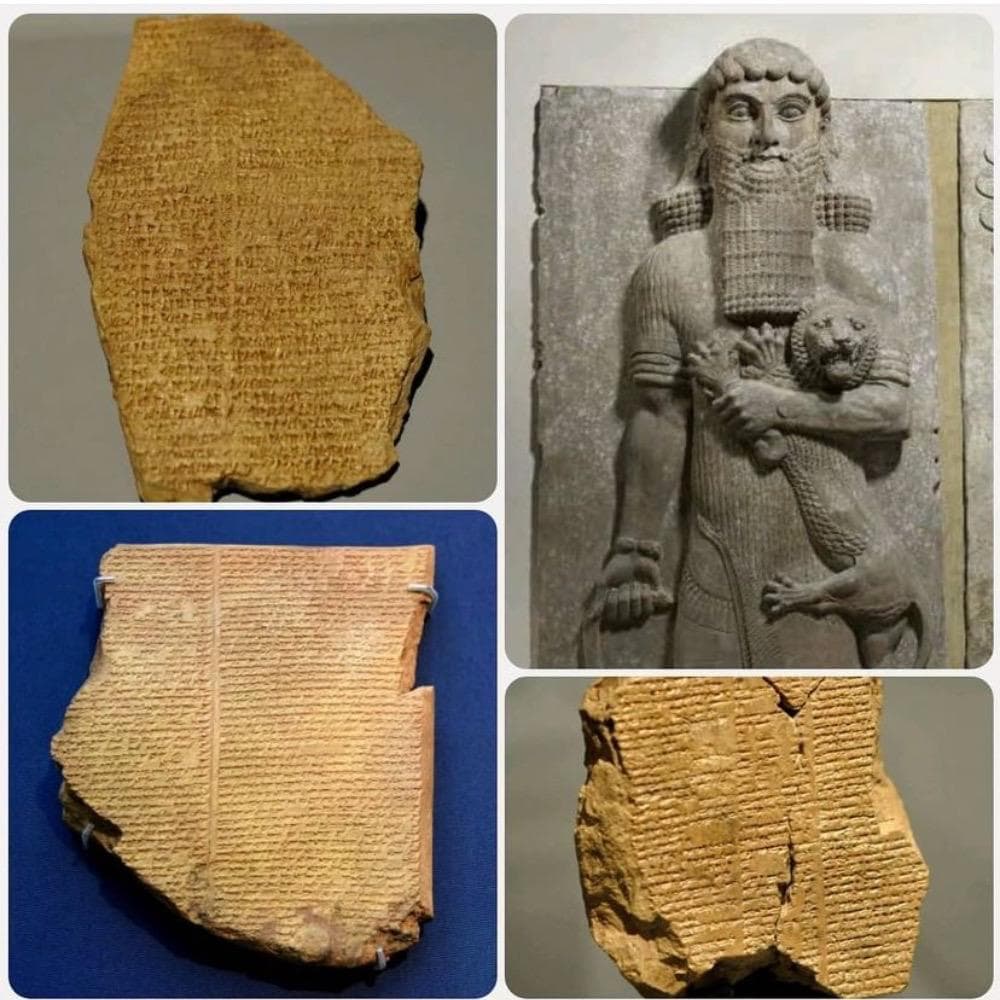
During his travels, Gilgamesh encounters Utnapishtim, who has lived for an exceptionally long time. Gilgamesh asks him to share his story, which turns out to be strikingly similar to the tale of Noah’s Ark.
Crafting a Vessel
Utnapishtim revealed to Gilgamesh that he was forewarned by the god Ea about an impending great flood. To survive, Ea instructed him to construct a large boat. However, the divine intent was not solely for Utnapishtim’s survival; Ea wanted him to save not only himself but also the workers who assisted in building the vessel and the animals from his fields.
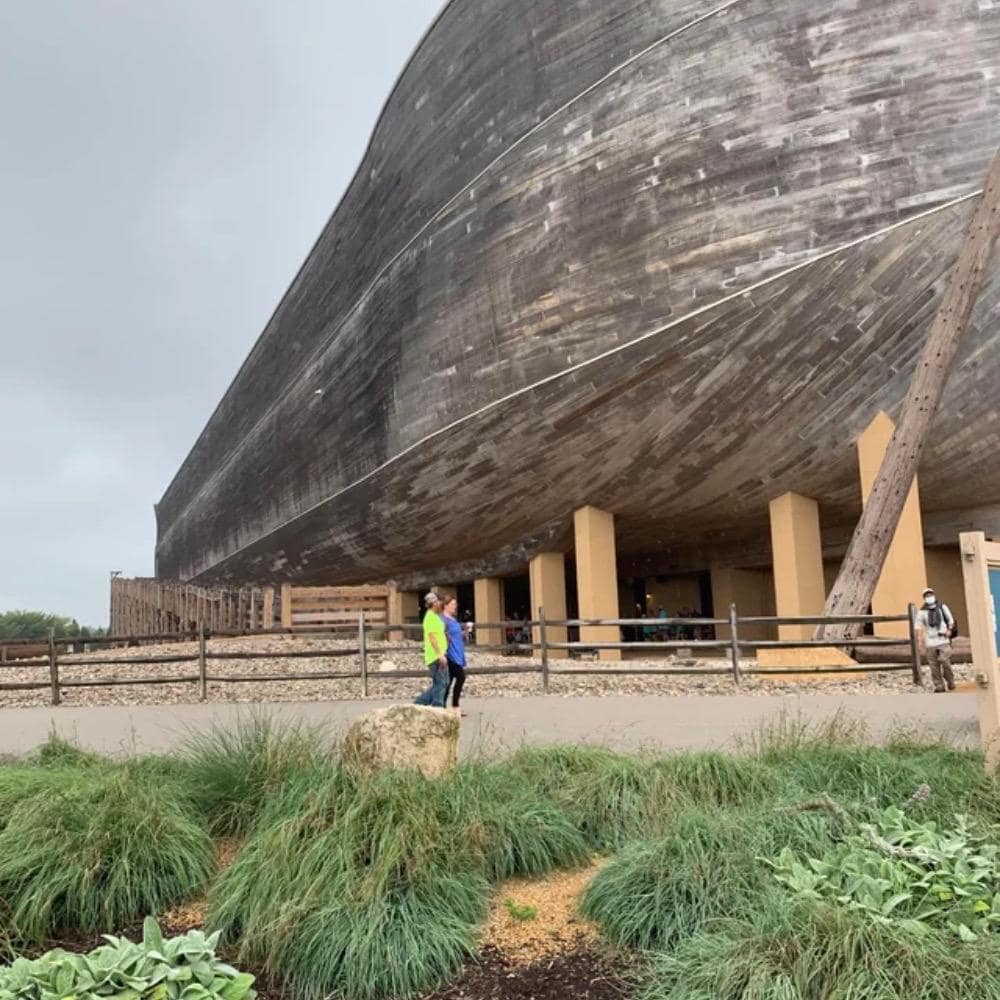
Utnapishtim followed these instructions meticulously, completing the boat just in time as the flood swept across the land, obliterating everything he once knew.
Liberation at Last
Utnapishtim completed the boat just in time, as the great flood soon obliterated the world he knew. Despite the fact that The Epic of Gilgamesh predates the Bible, historians find it undeniable that the tales of Utnapishtim and Noah share striking similarities.

This raises an intriguing question — does the resemblance between these stories make them more or less believable? Some might argue that such commonalities across cultures lend credence to the idea of a historical flood event, while others could suggest that the parallels weaken their authenticity.
Global Domination
While it’s difficult to determine the exact truth behind these ancient stories, one thing is certain — the tale of Noah’s Ark has become increasingly recognizable. This popularity also stems from modern retellings that bring the narrative to contemporary audiences.
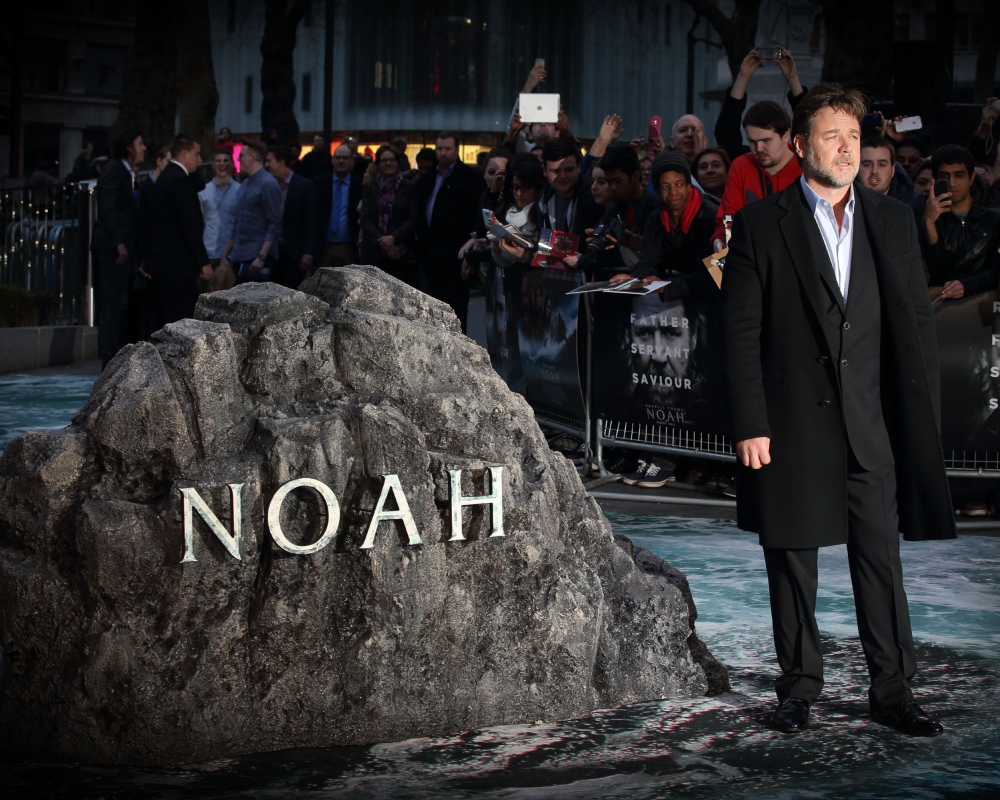
In 2014, director Darren Aronofsky and actor Russell Crowe joined the conversation with their film Noah. Their adaptation contributed to the ongoing fascination with the story, but it raises an intriguing question… were they aware of the latest explorations of Mount Ararat when creating the film?
A Few Key Differences
While the various flood stories share many similarities, there are also notable differences among them. For instance, the narrative of Noah’s Ark contains its own discrepancies, particularly regarding the animals. One passage mentions that Noah took animals in pairs, while another states he took “seven pairs of every kind of clean animal.”

However, for skeptics, the results of a 2007 expedition to Mount Ararat may offer compelling evidence that could shift their perspective. The discoveries made during this expedition could provide new insights that challenge doubts about the story’s validity.
The NAMI Expedition
In 2007, a coalition of explorers from Turkey and Hong Kong united to uncover the truth about Mount Ararat once and for all. Their mission was to find evidence proving that Noah’s Ark had rested atop the mountain. Dubbed the NAMI Expedition, the team was optimistic about discovering something significant.

However, they quickly realized that scaling Mount Ararat presented numerous challenges. The harsh conditions — cold temperatures, fierce winds, and treacherous snowy terrain — made the climb nearly impossible. The explorers faced legal hurdles that complicated their quest.
Awaiting Permits
Mount Ararat’s strategic location near multiple borders makes it a heavily guarded area. Anyone attempting to scale the mountain without the proper permissions risks immediate warnings. Only those who secure an “Ararat visa” are permitted to climb this iconic peak.

The NAMI Expedition team understood that obtaining such a visa would be a significant challenge. Moreover, if they succeeded in gaining access, they would be restricted to a designated path. This limitation meant their exploration would not be as thorough or expansive as they had hoped.
Ascending the Mountain
The team recognized that obtaining an Ararat visa would be a considerable challenge. Even if they succeeded in securing permission to climb Mount Ararat, they faced further limitations — they would be required to stick to a designated path.

Understanding these constraints, the team felt the weight of their predicament. While they were determined to uncover the secrets of the mountain, the limitations placed on their journey raised concerns about whether they could achieve their goals within such narrow parameters.
Entering the Cavern
After several grueling days of climbing and camping in the frigid snow, the NAMI Expedition finally discovered something that ignited their curiosity. At an altitude of 4,000 meters, they stumbled upon a cave that, to their knowledge, had never been explored before.
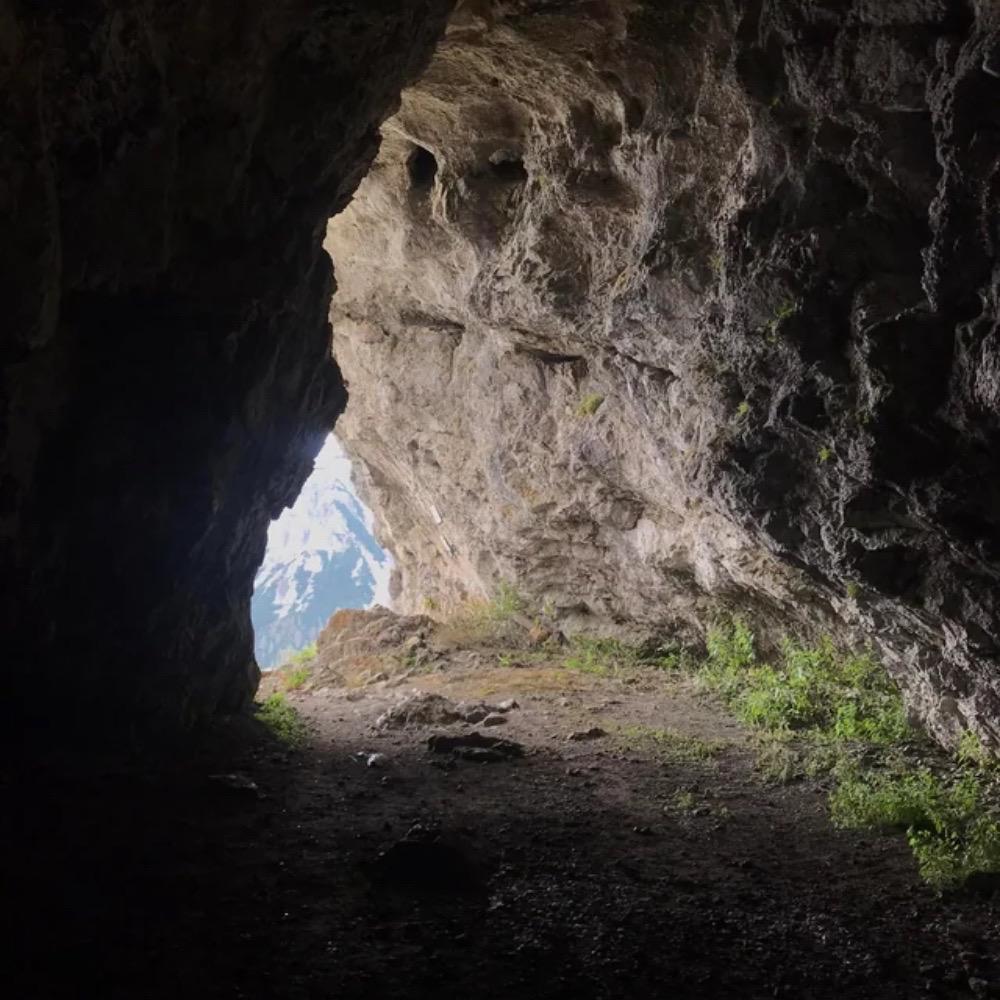
However, it wasn’t the cave itself that captivated the explorers; it was what lay within its depths. As they cautiously entered the cave, flashlights illuminating the dark interior and hearts racing with anticipation, they quickly realized they had uncovered what they had been hoping and praying for all along.
Uncovering a Major Find
As the team’s eyes adjusted to the dim light, they were astonished to find a wooden structure concealed within the cave. One of the researchers excitedly shared with reporters, “The structure is partitioned into different spaces. We believe it matches historical accounts and the ancient boat described by locals.”
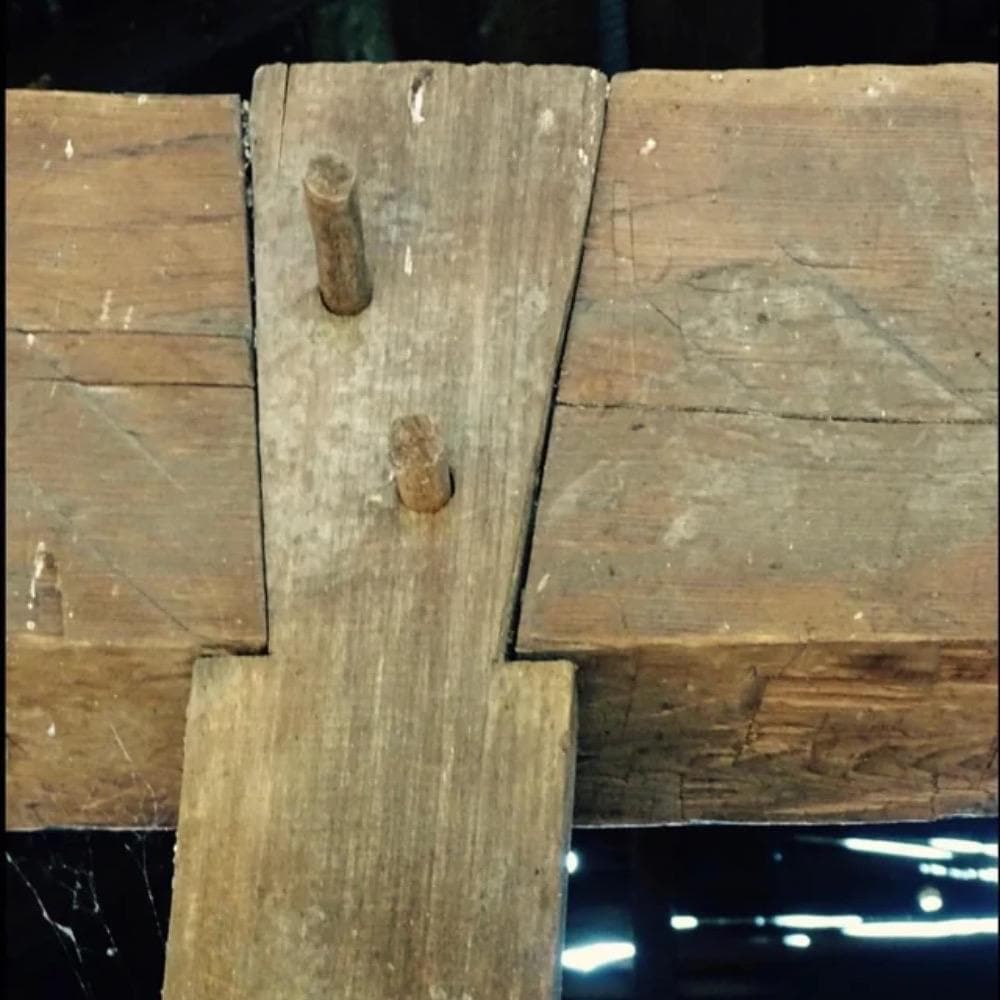
The implication was clear: they might have found Noah’s Ark. However, the team understood that their claims would not be easily accepted. To substantiate their discovery, they needed to determine the age of the wood and identify its type.
Tracing Origins
The team recognized that while the wood appeared ancient, they needed definitive proof to counter skeptics who might argue it was erected by previous explorers. They successfully collected a wood sample for testing and anxiously awaited the results. Astonishingly, the tests indicated that the wooden structure was approximately 4,800 years old.
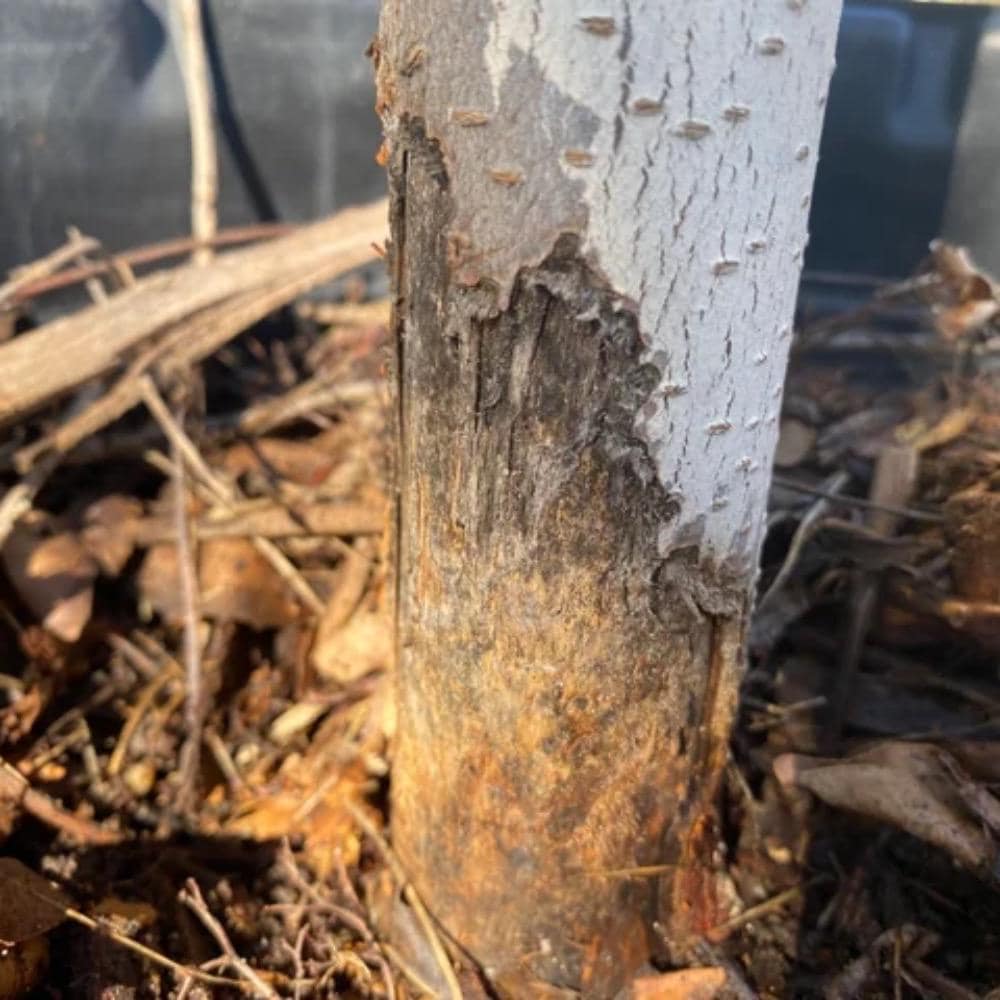
However, this revelation raised further questions. The Bible describes Noah’s Ark as being constructed from a type of wood referred to as “gopher wood,” a term that remains enigmatic as it has never been clearly identified outside biblical texts.
A Wood Mystery
With this in mind, the NAMI team felt an even greater sense of urgency to identify the type of wood they had discovered. If they could confirm it was a known species, they might finally shed light on the elusive “gopher wood” described in the Bible.

This heightened pressure was palpable, as prior to this, only speculative theories existed regarding what gopher wood could actually be. The implications were significant; identifying the wood could potentially validate the biblical narrative in a way that had never been achieved before.
Presenting the Evidence
What makes the NAMI Expedition particularly intriguing is the team’s strategic decision to withhold their discovery from the public for three years. Despite uncovering the wooden structure in 2007, they opted to ensure that their findings were thoroughly vetted and authentic before sharing them with the world.
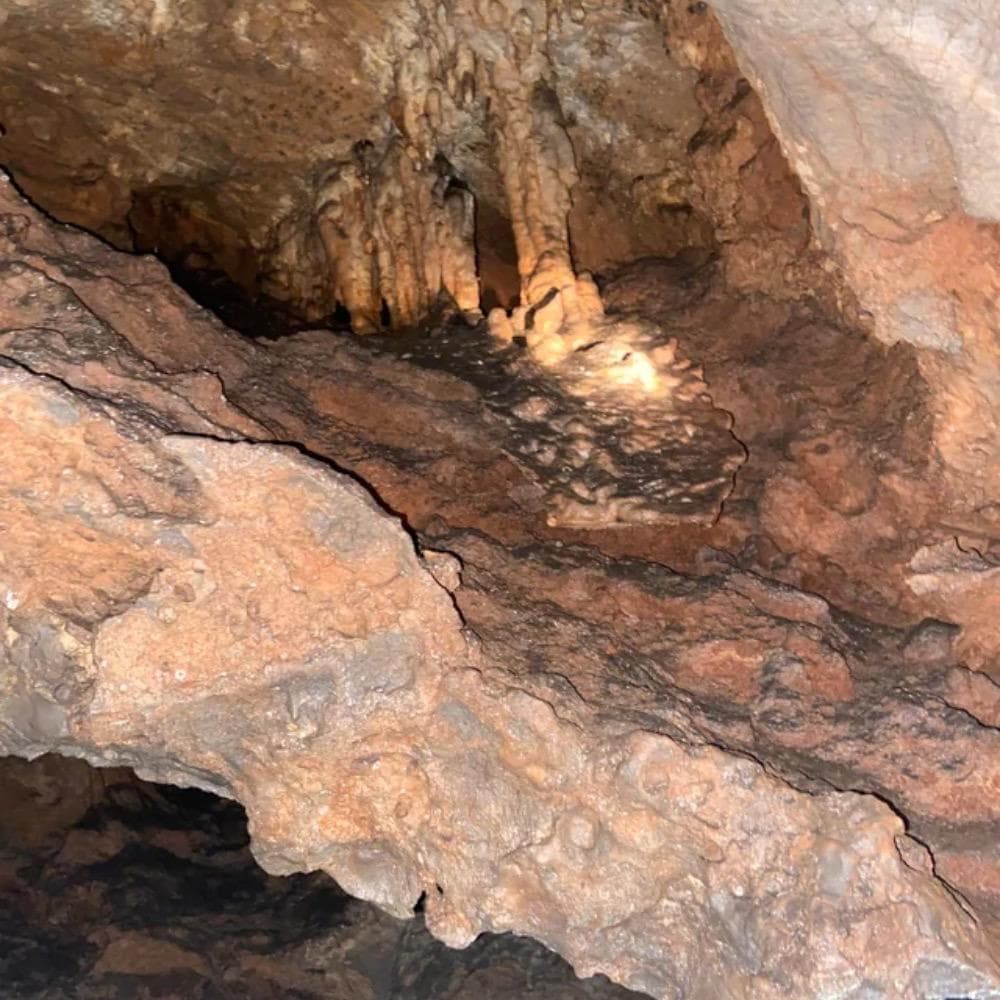
When they finally released their video showcasing the cave and the wooden structure, it quickly captivated online audiences. However, despite their careful preparation, the team was soon met with accusations claiming the discovery was a hoax.
Debunking the Hoax
Critics of the NAMI Expedition certainly acknowledged the authenticity of the video, which clearly showcased a wooden structure. However, they raised serious doubts about the legitimacy of the discovery, suggesting that the team may have staged the find.

They claimed that the wooden structure had previously been located near the Black Sea and was transported to Mount Ararat by hired guides. This allegation of a hoax fueled further controversy, as skeptics posited that the team orchestrated the entire scenario to create the illusion of a groundbreaking discovery.
Searching for Support
Enraged by the persistent criticism, the NAMI Expedition team sought a credible supporter to bolster their claims. They found a strong ally in Muhsin Bulut, the Director of Cultural Ministries in Agri Province. Eager to counter the accusations that the wood had been pre-placed on the mountain, they turned to him for his expert opinion.

Mr. Bulut firmly dismissed the skeptics’ theory, stating that the logistics of transporting heavy timber up a 13,123-foot peak were virtually impossible. His endorsement added a layer of credibility to the expedition’s findings.
Questioning Everything
In the eyes of the NAMI Expedition team, their discovery represented definitive proof that Noah’s Ark was not just a myth but a tangible structure resting near the peak of sacred Mount Ararat. However, the weight of their claims raised profound questions about verifiability. What if they were indeed correct? The implications would be monumental.

The reality of a massive ark saving a diverse array of animal species from a global flood would require a reevaluation of our knowledge of biology, geology, and even history. Such a revelation could lead to paradigm shifts in how we view ancient texts, the evolution of species, and the timeline of Earth’s geological events. The potential fallout from their discovery stretched far beyond the mountain.
Insights from Science
Today, the scientific consensus in geology and biology suggests that the story of Noah’s Ark is unlikely to have occurred as described. Modern biologists utilize advanced techniques to analyze the DNA of fossils. By comparing these genetic codes, they can identify significant changes that might result from catastrophic events such as a global flood.

If such a flood had indeed wiped out vast populations of animals while preserving pairs of each species, we would expect to see distinct genetic markers or shifts in their DNA. However, extensive research has not revealed evidence to support this hypothesis.
Absence of Geological Evidence
However, the absence of biological evidence is not the only issue plaguing the Noah’s Ark narrative. Throughout history, there have been numerous accounts of great floods, yet no geological evidence has substantiated the occurrence of a global deluge.

Experts assert that if such a catastrophic flood had swept across the Earth, it would have left significant traces in the geological record. As of now, no such evidence has been discovered. Despite this overwhelming evidence against the story, many individuals still hold firm beliefs that Noah’s Ark was rooted in actual events.
No Fire Without Smoke
It’s often said that there’s no smoke without fire, and even the most bizarre mythological tales can be influenced by real-life events. As we’ve noted, the story of Noah’s Ark is not the only narrative about a great flood. This leads to a compelling question: is there any truth behind these stories?

Proponents of this theory argue that for a tale to resonate with so many people over millennia, there must be some kernel of truth at its core. They suggest that localized flooding events, perhaps in ancient Mesopotamia, could have inspired these narratives.
A Smaller Flood?
Part of this theory posits that the Great Flood was likely a localized event rather than a global phenomenon. Scientists have uncovered evidence of a significant flood that ravaged ancient Mesopotamia thousands of years ago. Archaeological findings suggest that this catastrophic event led to widespread devastation across the region.
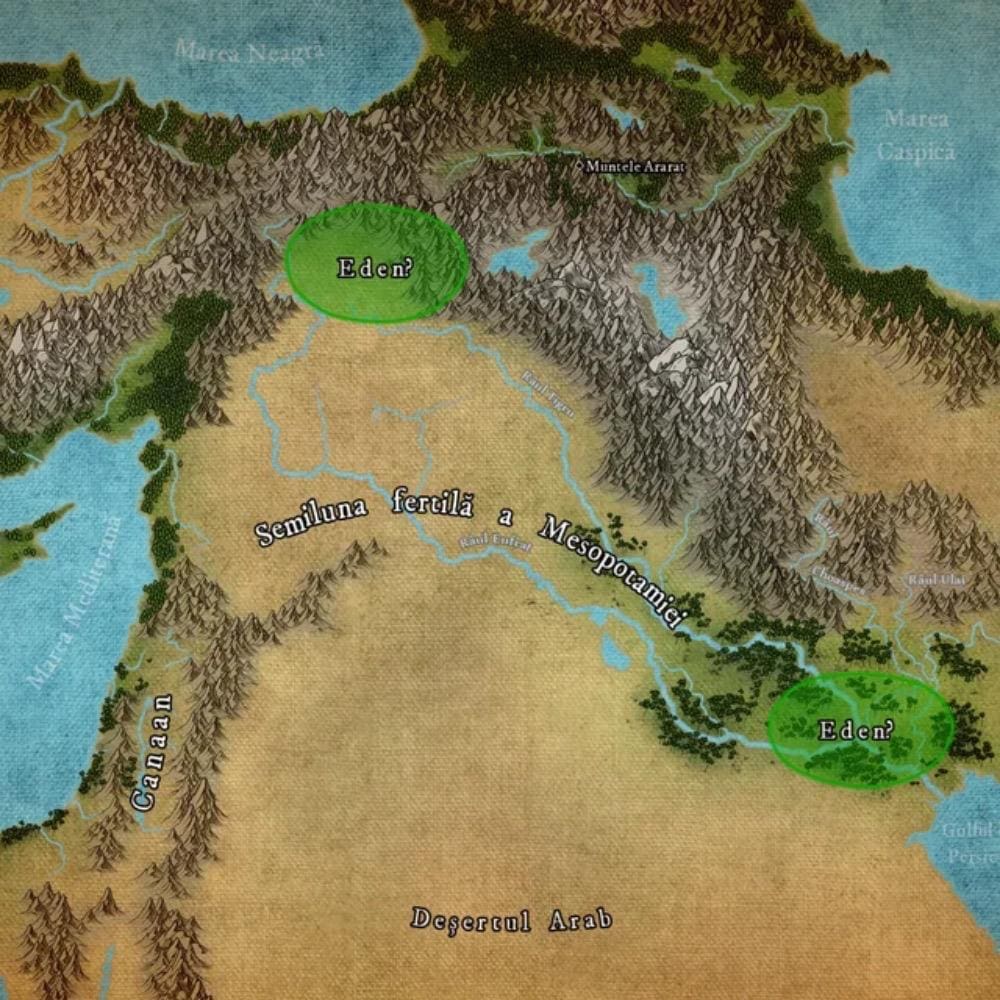
During their investigations, researchers discovered remnants of a large boat that bore striking similarities to the account of Noah’s Ark. This vessel was reportedly used to save both humans and animals from the rising floodwaters.
Is Proof Necessary?
The people who question the legitimacy of the Noah’s Ark story do so because they lack concrete evidence to support it, while believers often see things differently. In their opinion, the narratives within the Bible don’t require physical proof; they trust that God acts with purpose and intention.

While scientists acknowledge this perspective, they remain critical of it, as faith-based reasoning doesn’t satisfy their quest for empirical evidence. This skepticism is why the NAMI Expedition took extra measures to substantiate their findings.
Waiting for Discovery
The NAMI Expedition continues its quest to prove that the wooden structure discovered on Mount Ararat is the very ark that sheltered Noah and the animals during the Great Flood. Until their findings are fully released, a lingering question remains — will others venture up the mountain in search of new evidence?

A significant point of curiosity is whether future explorers will retrace the NAMI team’s steps and investigate the cave they found, or if they will choose to explore other areas of the mountain. The allure of Mount Ararat remains strong.
Planning Future Expeditions
The timeline for these adventures remains uncertain. Obtaining an Ararat Visa is no easy feat, and the Turkish government has become even more stringent since the NAMI Expedition. The NAMI team’s actions during their climb reportedly angered officials deeply.

Their expedition raised questions and concerns about the preservation of the site, leading to increased scrutiny of those seeking to explore the mountain. As explorers prepare to tackle the challenges of scaling Ararat, they must navigate not only the physical demands of the ascent but also the complex bureaucratic hurdles that come with it.
Facing Trouble
When you make significant claims, you must be prepared to substantiate them. Recognizing this, the NAMI team decided to take samples of the wooden beams they discovered in the cave on Mount Ararat for further analysis. Their aim was to carbon-date the wood, a crucial step in verifying its age.

However, this decision did not sit well with the Turkish government. Taking artifacts from such a culturally and historically significant site raised concerns about preservation and national heritage. The government’s response to NAMI’s actions led to a tightening of regulations.
The Future at Risk
Given the recent developments, it’s expected that the Turkish government will implement even stricter regulations for explorers aiming to investigate Mount Ararat. This could jeopardize future expeditions and limit further discoveries related to this iconic site and the legend of Noah’s Ark.

So, what’s the prevailing view? Is the ancient tale rooted in truth, or is it merely a myth with no scientific foundation? The findings from the NAMI Expedition certainly added a twist to the narrative, sparking renewed interest and debate.
A New Interest
Regardless of your stance on the NAMI Expedition’s findings, it’s undeniable that they’ve sparked a renewed interest in the Great Flood and the existence of Noah’s Ark.

On one side, there’s a wooden structure resembling a boat, dating back to a time that aligns with the proposed flood. On the other, a body of scientific research suggests a lack of evidence for such catastrophic waters.
An Unresolved Mystery
Yet, these narratives—whether it’s the story of Noah or other flood myths — continue to resonate and inspire. They provoke thought, discussion, and exploration, reminding us of our enduring fascination with history, mythology, and the mysteries of our past.

As debates continue, these stories will undoubtedly remain a significant part of our cultural and spiritual dialogue. Many believe there’s a significant piece of evidence yet to be discovered that could definitively prove the existence of Noah’s Ark and validate the Great Flood.
Awaiting Discovery
Such a discovery would not only reshape our understanding of history but also challenge critics to reevaluate their views on the Bible and religion as a whole. While this elusive evidence remains unfound — perhaps even beyond our lifetime — the intrigue surrounding the story persists.

Noah’s Ark continues to be a controversial and captivating subject in the exploration community, driving researchers and adventurers alike to seek answers. As discussions evolve and expeditions take shape, the legacy of this ancient tale remains alive, ensuring that the quest for knowledge continues.
After centuries of speculation and numerous failed expeditions, scientists have unveiled what they believe to be Noah’s Ark. The discovery, located on Mount Ararat, has generated worldwide interest and reignited the debate over the biblical story’s authenticity. Researchers are now analyzing the structure to determine its origin and significance. Could this be the legendary ark? Experts remain cautious, but the excitement is undeniable.